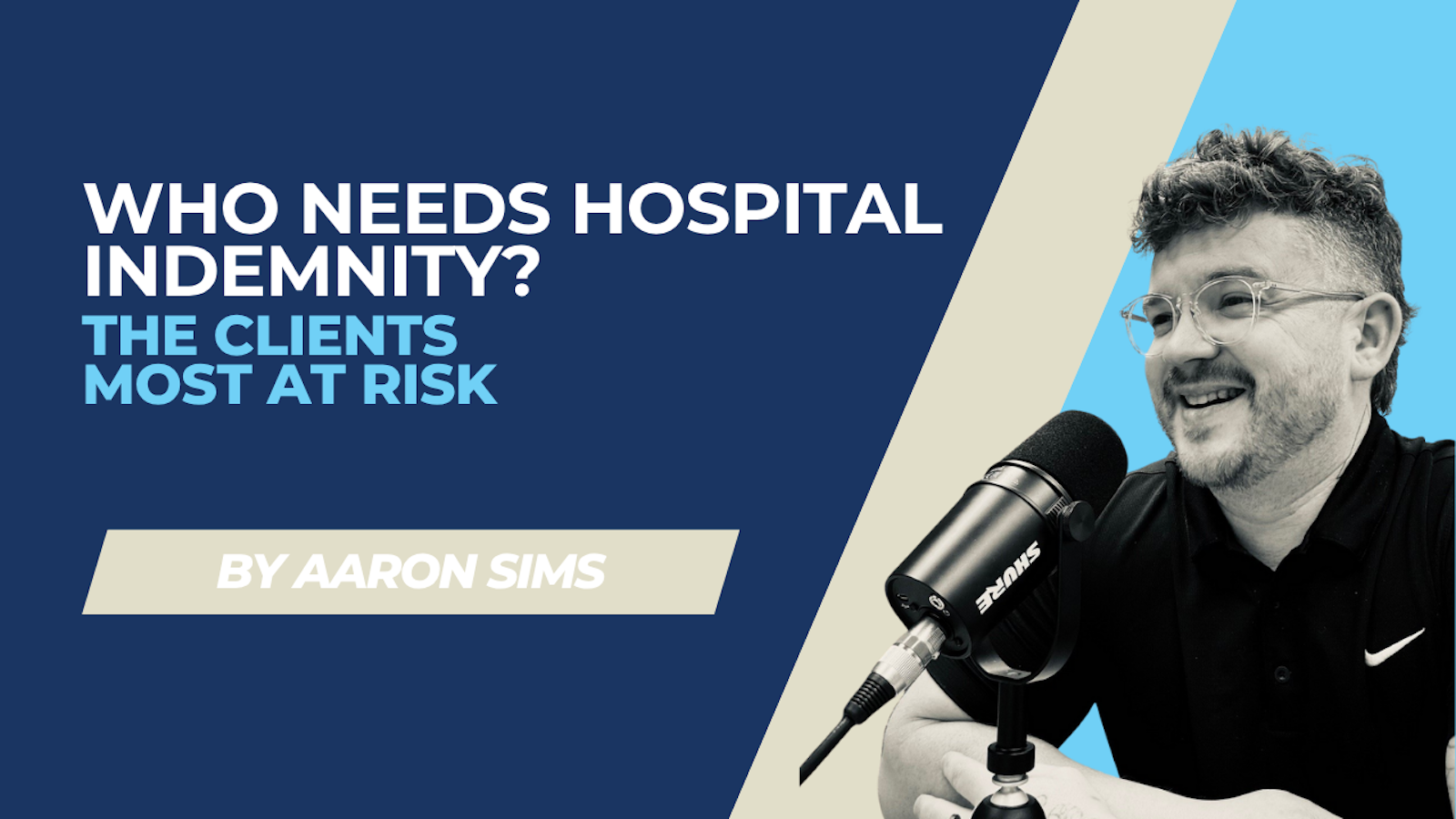

Hospital indemnity insurance isn’t just for seniors — it’s for anyone who can’t afford to be blindsided by a $2,000 to $7,000 bill after a hospital visit.
In today’s world of high deductibles, cost-sharing, and non-medical recovery expenses, your clients are more exposed than they realize.
This article outlines the client profiles who benefit most — and how to position the IdealFlex Series to meet their needs.
If your client has a $5,000–$7,000 deductible, one hospitalization could wipe them out.
Pairing a low-premium HDHP with a hospital indemnity plan creates “deductible insurance.”
Clients still get affordable monthly premiums but gain peace of mind that if something happens, their OOP costs are covered.
Pitch line: “If something goes wrong, this plan gives you the cash to cover your deductible — instantly.”
Most MA plans charge $250–$400 per day for days 1–5 in the hospital — that’s up to $2,000 per stay.
Design a hospital indemnity plan to match their MA structure:
$300/day × 5 days = $1,500
$500 admission benefit
Add ambulance/ER riders
It turns a scary $2,000 bill into a zero-balance situation.
Pitch line: “This policy mirrors the costs your MA plan doesn’t cover — so you’re never caught off guard.”
Kids = ER visits, fevers, stitches, broken bones. Parents = deductibles, lost sleep, and unexpected bills.
A family plan provides cash when a child is hospitalized or visits the ER. If a parent ends up in the hospital, benefits can help pay for:
Backup childcare
Extra meals or cleaning help
Out-of-pocket ER costs
Pitch line: “This protects your whole family — and gives you cash when you need help most.”
No PTO. No disability coverage. If they don’t work, they don’t earn.
An indemnity plan provides immediate liquidity when illness or injury knocks them offline. Cash can cover:
Rent or mortgage
Utilities
Groceries
Client support while they recover
Pitch line: “You’re your own safety net — this gives you a cushion when you need it.”
These clients see insurance as asset protection — not just a product.
Position indemnity coverage as part of a full protection plan, alongside:
Life insurance
Long-term care
Final expense
Pitch line: “You’re already thinking ahead — this adds a layer that most people miss.”
Even Med Supp clients can benefit — not for medical bills, but for non-medical expenses:
Travel
Home recovery
Pet boarding
Family lodging
Offer a smaller indemnity plan to cover personal costs if they’re hospitalized.
Pitch line: “This puts cash in your pocket — for the things Medicare won’t even touch.”
Short-term health plans often don’t have OOP maxes — or have huge gaps.
Add an indemnity plan to:
Cap their risk
Cover ER visits
Provide benefits for observation stays, which STM plans often ignore
Pitch line: “Short-term medical leaves gaps. This fills them.”
At the end of the day, if a client can’t easily absorb a hospital-related expense, they need indemnity coverage. It’s that simple.
Ask this question:
“If you had a $3,000 medical bill tomorrow, would it hurt?”
If the answer is “yes,” the sale is already half made.
Indemnity coverage isn’t niche — it’s mainstream protection. And it fits into more client profiles than most agents realize.
“If someone has a deductible, a budget, or a family — they need this plan.”
Don’t assume. Offer it to everyone.
Learn more about the Ideal Flex Series Hospital Indemnity
Join our Top Agent Shootout and win your spot on the Texas Hog Hunt
Watch the Sales Leadership Webinar with Shawn Buxton for even more strategy
Brokers Fidelity
Phone: 913-374-1550
Email: hello@brokersfidelity.com
Address: 400 S Kansas Ave, Topeka, KS 66603